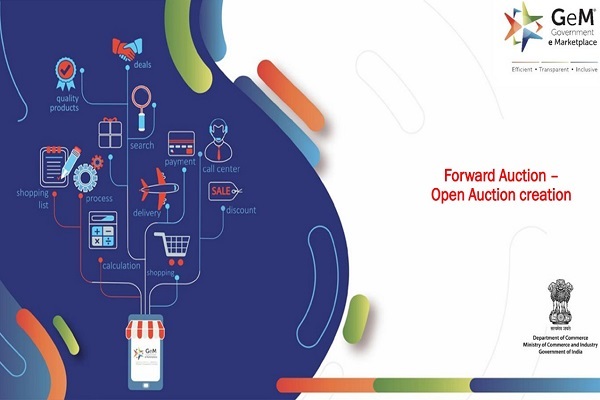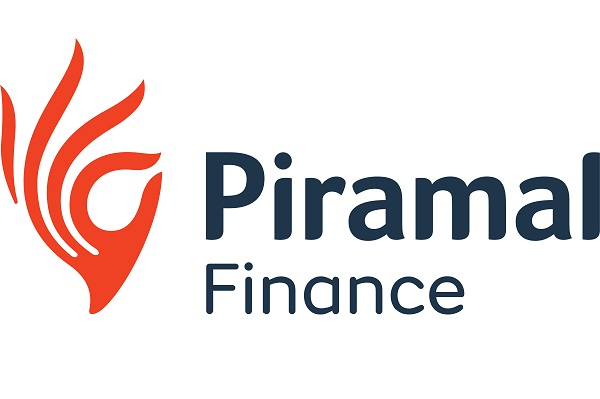Fixed Income Monthly Commentary August 2022 By Pankaj Pathak, Quantum Mutual Fund

Below is Fixed Income Monthly Commentary August 2022 by Pankaj Pathak - Fund Manager - Fixed Income, Quantum Mutual Fund
After 8 months of relentless rise, bond yields came down in July owing to a sharp fall in the global commodities prices and the US treasury yields.
Weakening economic activity across advanced economies and an expectation of recession in the US and Europe triggered a sharp decline in commodity prices. It also fueled an expectation that the US federal reserve would not be able to hike interest rates too much from here.
This, in turn, led to a steep fall in the US treasury yields. The 10-year US treasury yield fell by 36 basis points in the month from 3.01% to 2.65%. While the brent crude oil price fell by 5.4% from USD 114.8/barrel to USD 110/barrel. The crude oil price fell further in the first week of August to ~USD 95/barrel on August 5, 2022.
Indian bond market followed the global cues. The 10-year Indian government bond yield fell by 13 basis points from 7.45% on June 30, 2022, to 7.32% on July 31, 2022. It dipped further to an intraday low of 7.10% on August 5, 2022, before the announcement of the RBI’s monetary policy.
The monetary policy committee (MPC) of the RBI hiked the policy repo rate by 50 basis points from 4.90% to 5.40%. The 50-basis points rate hike was more or less in the market’s thinking. But there was an expectation that the rate hiking cycle is coming close to its end and the RBI will be relatively dovish in its statement.
The RBI’s policy statement was fairly hawkish. At 5.4%, the repo rate is already above its pre-pandemic level. Yet, the RBI has maintained its policy stance as ‘withdrawal of accommodation’. This suggests that the neutral level of the repo rate is at or above 6% from where the last rate cutting cycle had started. So, the rate hiking cycle is not over yet.
The RBI also seemed concerned about the external sector and its impact on the Indian Rupee. The worry on the external sector is three folds – the current account deficit has widened to uncomfortably high levels of more than 3% of GDP, capital inflows have fallen, and the foreign exchange reserves are dwindling fast.
Rate hikes and quantitative tightening in the US and other advanced economies remain a big risk for capital flows in the emerging markets. Thus, the RBI’s concerns are justified and it would keep the risk of repo rate going significantly above 6% alive.
The bond market sold off after the policy announcement with yields moving higher by 15-20 basis points from the pre-policy lows. The 10-year G-sec yield moved up from the pre-policy bottom of 7.10% to end the day at 7.30% on August 5, 2022.
Given the bond yields have come down significantly over the last month, there is a possibility of a further rise in the yields in near future.
However, from a medium-term perspective, another 50-60 basis points of a rate hike by the RBI is already in the market’s thinking. Thus, bond yields may not move up significantly from current levels. We expect the 10-year G-sec yield to find support at around 7.5%.
In the shorter end, the yield on up to 1-year debt securities would continue to move higher due to a potential increase in the policy repo rate and a reduction in the liquidity surplus in the second half of the year.
Based on our assessment that much of the rate hikes are already priced in the medium to long duration bonds, we suggest investors with 2-3 years holding period should consider adding their allocation to dynamic bond funds to benefit from higher yields on medium to long term bonds.
Dynamic bond funds have the flexibility to change the portfolio positioning as per the evolving market conditions. This makes dynamic bond funds better suited for long-term investors in this volatile macro environment.
Investors with a shorter investment horizon and low-risk appetite should stick with liquid funds. With the increase in short-term interest rates, we should expect further improvement in potential returns from investments in liquid going forward.
Since the interest rate on bank saving accounts are not likely to increase quickly while the returns from the liquid fund are already seeing an increase, investing in liquid funds looks more attractive for your surplus funds.
Investors with a short-term investment horizon and with little desire to take risks should invest in liquid funds which own government securities and do not invest in private sector companies which carry lower liquidity and higher risk of capital loss in case of default.
To Read Complete Report & Disclaimer Click Here
Above views are of the author and not of the website kindly read disclaimer

















